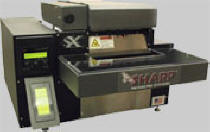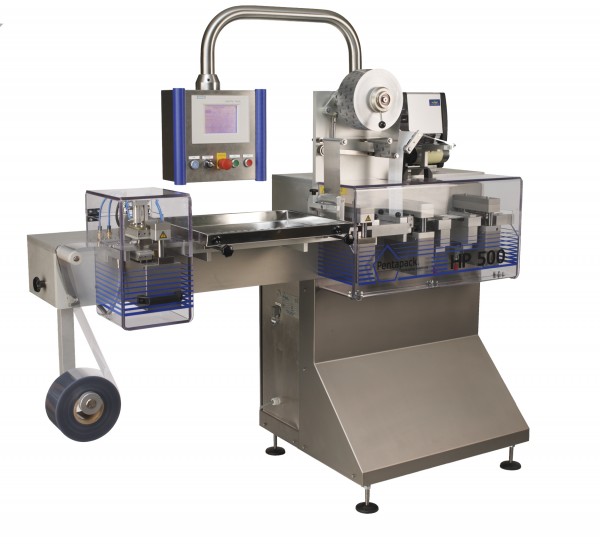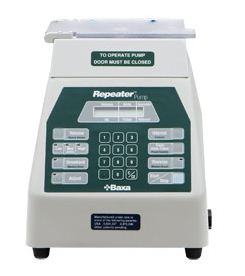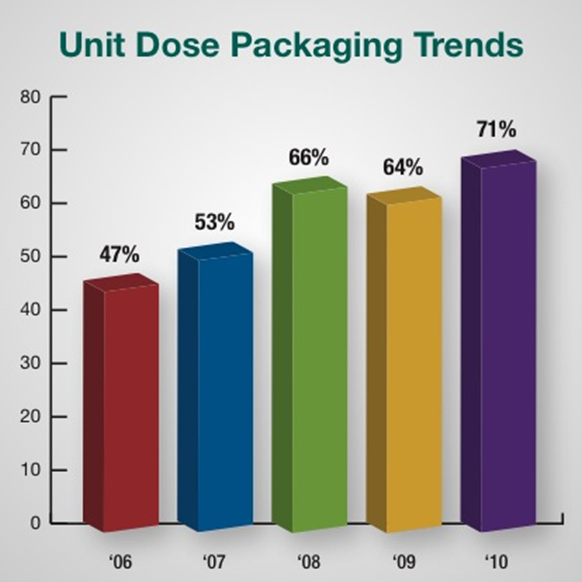I’ve worked in several acute care hospitals during my career, from the small one horse operation that did little more than care for minor inconveniences, to larger, multi-pharmacy facilities that handled everything from pneumonia to severe trauma. As I’ve mentioned elsewhere on this blog each one of those pharmacies offered a slightly different way of doing things. Granted, some were variations on a similar approach, but they were all different.
However, one trend I’ve discovered across the range of facilities is that the smaller the hospital, the less automation and technology the pharmacy has. Why? It’s quite simple. Automation and technology is expensive. It’s also time consuming to plan for, implement and maintain. Of course another argument is that smaller hospitals - and therefore smaller pharmacies – need fewer technological advances. That doesn’t make much sense to me. I agree that a small 50 bed hospital pharmacy may not need a giant robot to fill their med carts, but they can certainly benefit from clinical decision support, pharmacy surveillance software, bar code medication administration (BCMA), computerized provider order entry (CPOE), automated dispensing cabinets (ADCs), smartpumps, mobile devices, so on and so forth. The problem is that much of this technology is expensive and takes a sizable chunk out of smaller budgets.
(more…)




